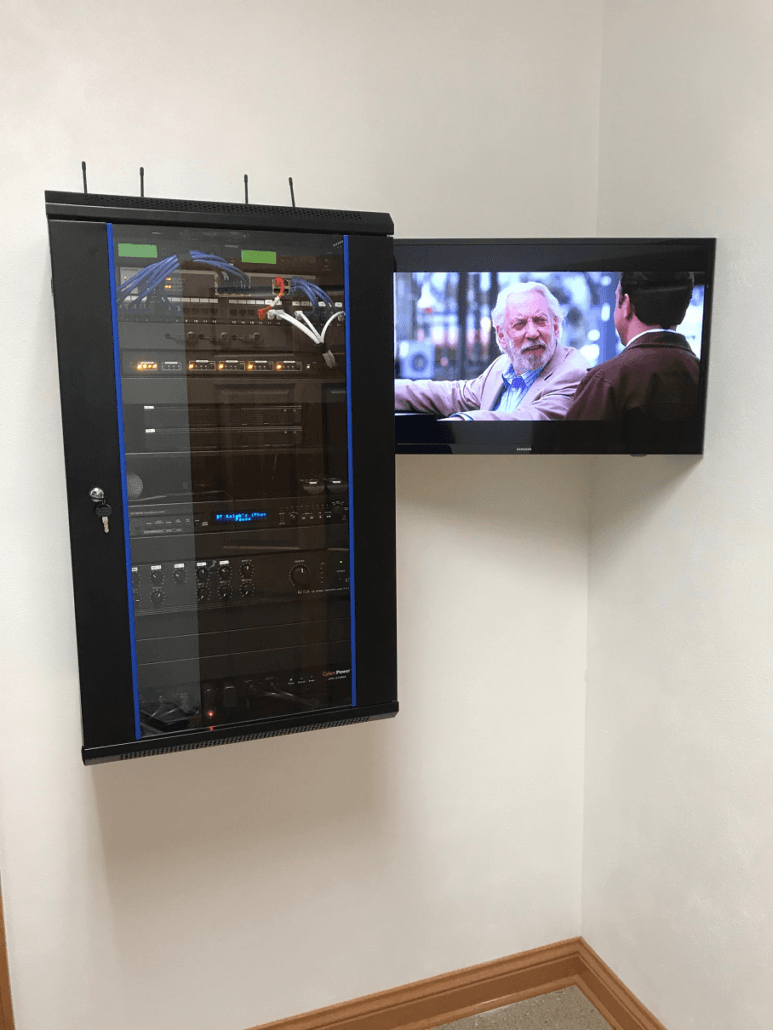Revolutionizing Transmission with Cutting-edge Sound via IP Solutions for a Integrated Future
This realm of media is experiencing a significant transformation due to cutting-edge audio via IP (AoIP) solutions. Such advancements are changing the way audio content is produced, distributed, and received. Audio over IP is defined as the method of sending audio signals over a computer network, using Internet Protocol (IP) rather than traditional analog techniques. This transition not only improves the standard of audio transmission but also offers media professionals with greater freedom and control over their content.One major advantage of audio over IP systems is its capability to connect multiple devices and systems seamlessly. Traditional broadcasting often depended on intricate wiring and tangible connections, which could be cumbersome and limited. With AoIP, broadcasters can readily connect mics, audio consoles, and other devices through a common infrastructure. This integration allows for off-site broadcasting and live transmissions from virtually any place, making it simpler to reach listeners across the world. As a result, broadcasters can react quickly to current issues and audience demands, leading to more vibrant and engaging programs.
Moreover, AoIP technology supports high-quality audio formats click for more info that improve the listening experience. Unlike traditional broadcasting techniques, which may diminish sound standards, audio over IP can preserve the purity of the audio stream during the delivery process. This means that audiences can experience crisper and richer sound, regardless of whether they are listening in via terrestrial radio, broadcasting over the internet, or using mobile devices. The ability to deliver premium audio is particularly crucial for musical and discussion programs, where each detail matters to the audience.
Moreover, the implementation of audio over IP technologies can lead to cost savings for broadcasters. By leveraging existing infrastructure systems, companies can remove the need for costly hardware and large-scale cabling. This not only lowers initial costs but also decreases operational costs over time. Broadcasters can allocate resources more effectively, focusing on production and human resources growth. As a consequence, the entire broadcasting industry can benefit from increased innovation and creativity, as funds are redirected toward improving programming and engaging with audiences.
In summary, the transition towards audio over IP systems is changing the broadcasting landscape. By enabling seamless links, improving audio standards, and lowering costs, AoIP is clearing the path to a more connected future in media. As broadcasters continue to adapt to these changes, they will be better equipped to satisfy the demands of their listeners, produce captivating programs, and remain competitive in an ever-evolving industry. The future of broadcasting is promising, and audio over IP will take a key role in shaping the manner in which we interact with audio programming in the years to come.
